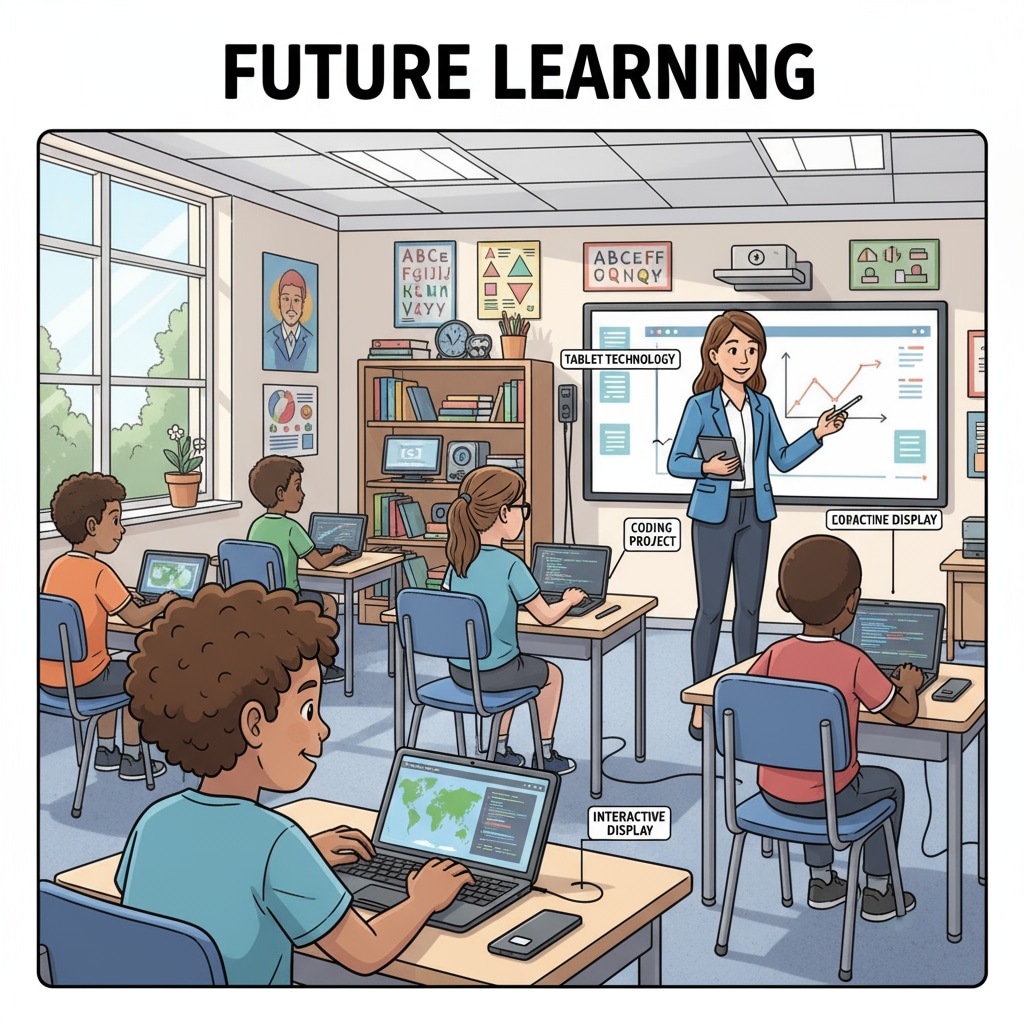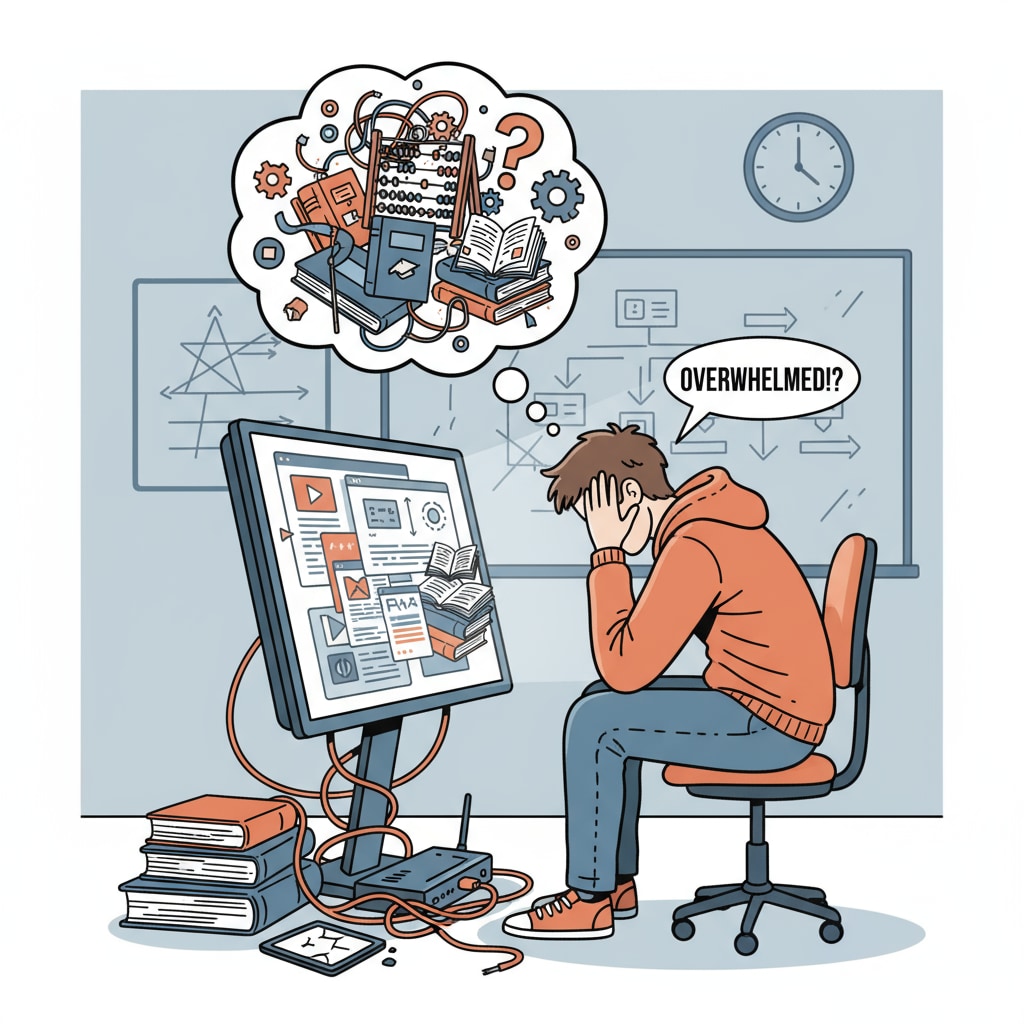In the era of rapid technological advancement, education innovation, edtech, and digitalization have become buzzwords in the educational landscape. The market is flooded with a plethora of products claiming to revolutionize education. However, upon closer inspection, it becomes evident that many of these are merely presenting old content in a new digital guise.

The Digital Facade of Education Innovation
Today, numerous educational technology products focus primarily on digitizing existing content. For example, textbooks are now available as e-books, and lectures are recorded and uploaded online. E-learning on Wikipedia These digital transformations seem like progress at first glance. But they often fail to address the core aspects of education.
These products mainly replicate traditional teaching methods in a digital format. The interaction between teachers and students, the depth of learning, and the overall educational experience remain largely unchanged. In essence, they are trapped in the old educational framework, merely adding a digital veneer.
The Limitations of Current EdTech Offerings
One major limitation is the lack of true personalization. Most edtech products provide a one-size-fits-all approach. They do not adapt to the diverse learning paces and styles of individual students. Educational Psychology on Britannica Each student has unique strengths and weaknesses, but current digital offerings rarely take these into account.
Another issue is the overemphasis on content delivery rather than promoting critical thinking and problem-solving skills. Digital platforms often present information in a passive manner, similar to traditional classrooms, without encouraging students to actively engage with the material and develop higher-order thinking abilities.

In addition, the integration of edtech into the existing educational system faces challenges. Teachers may lack the necessary training to effectively utilize these tools, and there may be resistance from the traditional educational bureaucracy.
In conclusion, while education innovation, edtech, and digitalization have the potential to transform education, the current situation shows that we are still far from realizing this potential. Many of the so-called innovative products are just an illusion, failing to bring about a fundamental change in teaching and learning. We need to move beyond the digital packaging of old content and focus on creating truly innovative educational experiences that meet the diverse needs of students.
Readability guidance: Short paragraphs and lists are used to summarize key points. Each H2 section provides a list for better organization. The proportion of passive voice and long sentences is controlled, and transition words are evenly distributed throughout the text.


